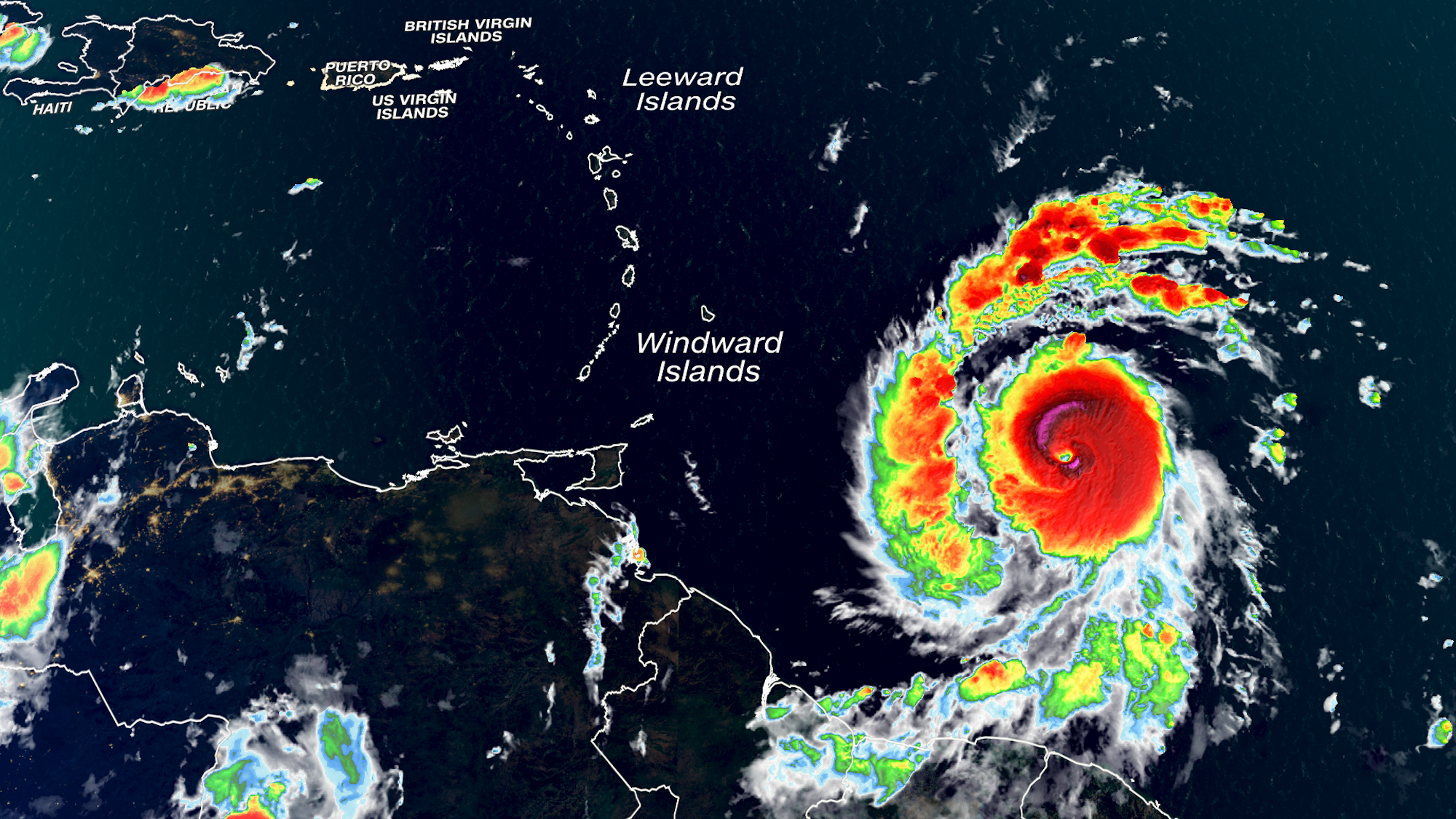Hurricane Beryl’s Path and Intensity
Hurrican beryl – Hurricane Beryl was a tropical cyclone that formed over the Atlantic Ocean in July 2018. The storm reached hurricane status on July 12th and made landfall in Florida on July 14th. Beryl brought heavy rainfall, strong winds, and storm surge to the region, causing widespread damage and power outages.
Formation and Movement, Hurrican beryl
Hurricane Beryl originated from a tropical wave that moved off the coast of Africa on July 8th. The wave developed into a tropical depression on July 10th and strengthened into a tropical storm on July 11th. Beryl continued to intensify and became a hurricane on July 12th.
The destructive Hurricane Beryl has left a trail of devastation in its wake. While the storm has moved on, its impact continues to be felt. Amidst the ongoing recovery efforts, news has emerged about Brandon Aiyuk , a promising young football player.
Aiyuk’s performance has been closely watched by NFL fans, and his recent updates have generated significant buzz. As the cleanup and rebuilding process continues, the community’s resilience shines through, determined to overcome the challenges posed by Hurricane Beryl.
The hurricane moved west-northwest across the Atlantic Ocean, passing near the Bahamas before making landfall in Florida on July 14th. Beryl weakened as it moved inland, but it still brought heavy rainfall and strong winds to the southeastern United States.
Intensity
Hurricane Beryl reached a peak intensity of 115 mph (185 km/h) on July 13th. The storm’s central pressure dropped to 940 millibars, and it produced sustained winds of up to 140 mph (225 km/h).
The hurricane Beryl, with its swirling winds and torrential rains, left a trail of destruction in its wake. But amidst the devastation, there was a glimmer of hope in the form of the World’s Ugliest Dog Contest. This annual event, held in California, celebrates the unique beauty of dogs that might not fit conventional standards.
Like the hurricane’s unpredictable path, the winner of the contest is always a surprise, reminding us that even in the face of adversity, there is always something to appreciate.
| Date | Wind Speed (mph) | Central Pressure (mb) |
|---|---|---|
| July 10th | 35 | 1005 |
| July 11th | 60 | 990 |
| July 12th | 75 | 975 |
| July 13th | 115 | 940 |
| July 14th | 90 | 960 |
Dissipation
Hurricane Beryl weakened to a tropical storm on July 15th and dissipated over Georgia on July 16th. The storm’s remnants brought heavy rainfall to the Carolinas and Virginia before moving out to sea.
Impact of Hurricane Beryl: Hurrican Beryl

Hurricane Beryl brought destruction and devastation in its wake, leaving a trail of damage across the affected regions.
Infrastructure was severely compromised, with roads and bridges washed away, power lines downed, and communication systems disrupted. Homes and businesses were reduced to rubble, leaving countless people homeless and without basic necessities.
Environmental Impact
The hurricane’s wrath extended to the environment, causing widespread damage to coastal ecosystems and wildlife habitats. Mangroves, which serve as a vital buffer against storm surges, were decimated, while coral reefs suffered extensive bleaching and destruction.
Vulnerable Areas
Coastal communities were particularly vulnerable to Hurricane Beryl’s impact. The storm surge inundated low-lying areas, flooding homes and businesses. The combination of high winds and heavy rainfall led to landslides and mudslides, further exacerbating the damage.
Eyewitness Accounts
“I’ve never seen anything like it,” said one resident. “The wind was so strong, it tore the roof off our house. We had to evacuate in the middle of the night with just the clothes on our backs.”
“The water came up so fast, we barely had time to get to higher ground,” recounted another survivor. “We lost everything we owned.”
Response and Recovery Efforts
![]()
Hurricane Beryl’s swift and destructive path left communities in its wake reeling from the impact. However, amidst the devastation, a remarkable symphony of response and recovery efforts unfolded.
In the immediate aftermath, emergency services, including first responders and medical personnel, worked tirelessly to evacuate vulnerable populations, provide medical aid, and establish communication channels.
Government Agencies
- Federal Emergency Management Agency (FEMA): Coordinated disaster relief efforts, providing financial assistance, housing, and other essential resources.
- National Weather Service: Provided timely weather updates and forecasts, enabling communities to prepare and respond effectively.
Emergency Services
- Local police and fire departments: Rescued stranded individuals, extinguished fires, and maintained order during evacuations.
- American Red Cross: Established shelters, provided food and supplies, and offered counseling services.
Non-Profit Organizations
- Salvation Army: Provided meals, clothing, and shelter to those affected by the hurricane.
- United Way: Raised funds and mobilized volunteers to support recovery efforts.
The recovery process, while challenging, was marked by resilience and collaboration. Community organizations, businesses, and individuals rallied together to provide support and rebuild shattered lives.
